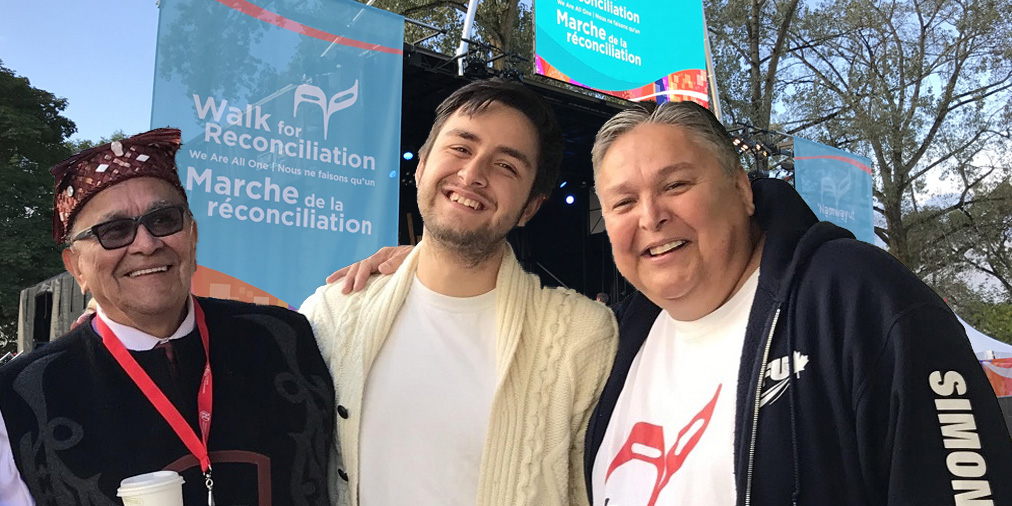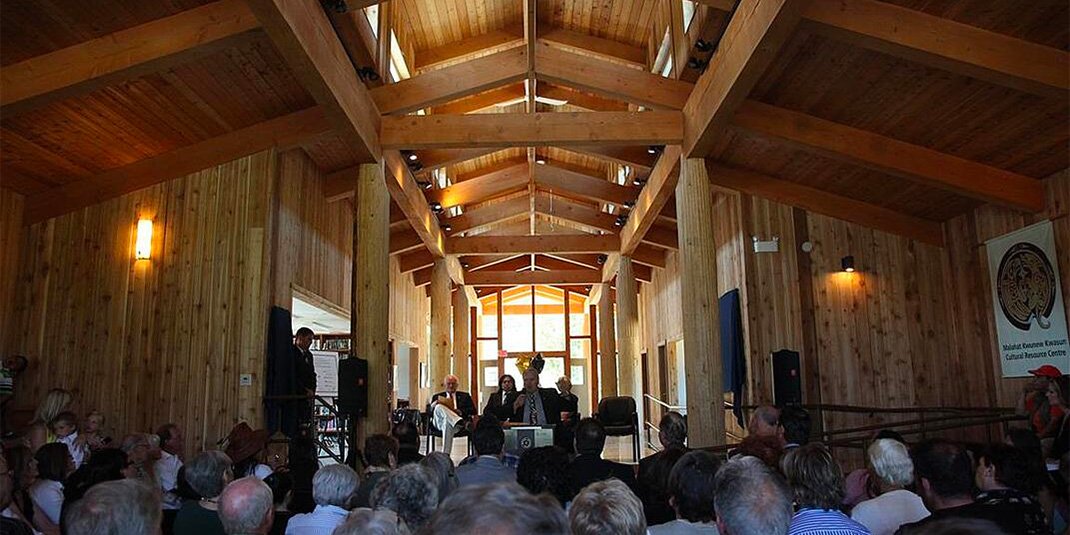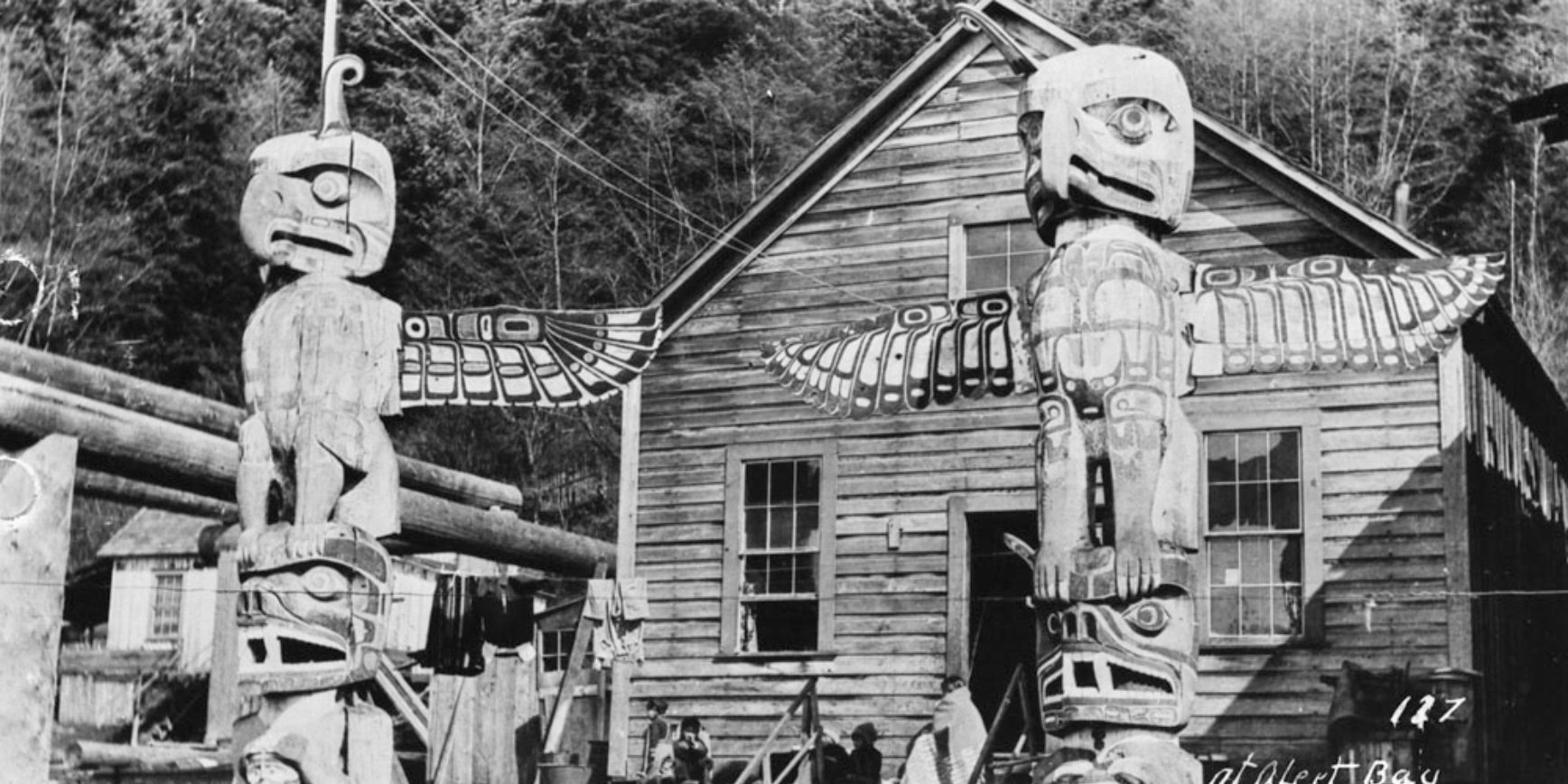Hereditary Chief Definition and 5 FAQs
The great aim of our legislation has been to do away with the tribal system and assimilate the Indian people in all respects with the other...
Aboriginal Consultation and Accommodation is a rapidly advancing area of law. Get it right and everything goes well. Get it wrong and everything goes bad. This chart shows two different approaches to Aboriginal consultation and accommodation and how the risk can be mitigated.
In Scenario 1, on the left side of the page, you see a large risk zone running from the time the Organization approaches Government, through to the Official Consultation segment, on to the Permit or Approval stage, and even into Operations. In this approach, by not ensuring meaningful inclusion of the local Aboriginal community in the permit or approval process, the proponents and their project face increasing risk of Aboriginal Peoples Activity, and increasing potential for ensuing costs, project delays, and even project jeopardy.
In Scenario 2, on the right side of the diagram, you see an approach specifically designed to measure and mitigate risk early in the development process. Using this approach can help the Organization make better decisions about whether or not to proceed with a development project and to reduce the risk of incurring Aboriginal Peoples Activity if the decision is to proceed with the project. Those decisions will be based on a better understanding of the real risks that they will be facing – beyond the legal and regulatory requirements for Aboriginal consultation as confirmed by the Supreme Court of Canada’s decisions in Haida Nation and Taku River Tlingit.
That means working effectively to achieve early and meaningful consultation: identifying the local Aboriginal Peoples’ key issues, priorities, and decision-makers and revealing the key project-related concerns that must be met to earn that Aboriginal Peoples support. In Scenario 2, early identification of community issues and concerns, and decision-making from a risk assessment perspective, as opposed to a positional perspective (us vs. them; who’s right vs. who’s wrong; and who wins vs. who loses), or a process perspective (follow the government guidelines to the letter, whatever the community says or does), can greatly decrease the risk of Aboriginal Peoples Activity – and may avoid these types of disruptions altogether.
In the centre of the diagram is Aboriginal Peoples Activity. This activity can include negative media campaigns, blockades, and court action. An Aboriginal community is not constricted in its choice or order of the use of tactics for opposing a development project. There is no requirement to begin with a negative media campaign, then move to a blockade, and only as a last resort bring court action. An Aboriginal community will determine the nature and timing of its activity according to its own needs, and according to its own assessment of the situation. This makes the risk of Aboriginal Peoples Activity even more difficult to predict and to manage.
Aboriginal Consultation Risk Zone from our book Working Effectively with Indigenous Peoples®
We have a handy, free download "Guide to Terminology"

The great aim of our legislation has been to do away with the tribal system and assimilate the Indian people in all respects with the other...

In a recent post Strategize your Aboriginal Engagement, we provided suggestions on some key actions to develop your formal in-house Aboriginal,...

Canada has a complicated history with the totem pole. Totems have been misunderstood, coveted, stolen, quashed, copied, and celebrated. The first...